#Forum Romanum
Text

View of the Forum Romanum by Salomon Corrodi
#salomon corrodi#art#roman forum#forum romanum#rome#ancient rome#ancient roman coins#roman#antiquity#architecture#city#ancient#europe#european#history#italy#ruins#landscape
629 notes
·
View notes
Text

Forum Romanum (near the foot of Palatine Hill Stairs)
Rome, October 2007
97 notes
·
View notes
Photo

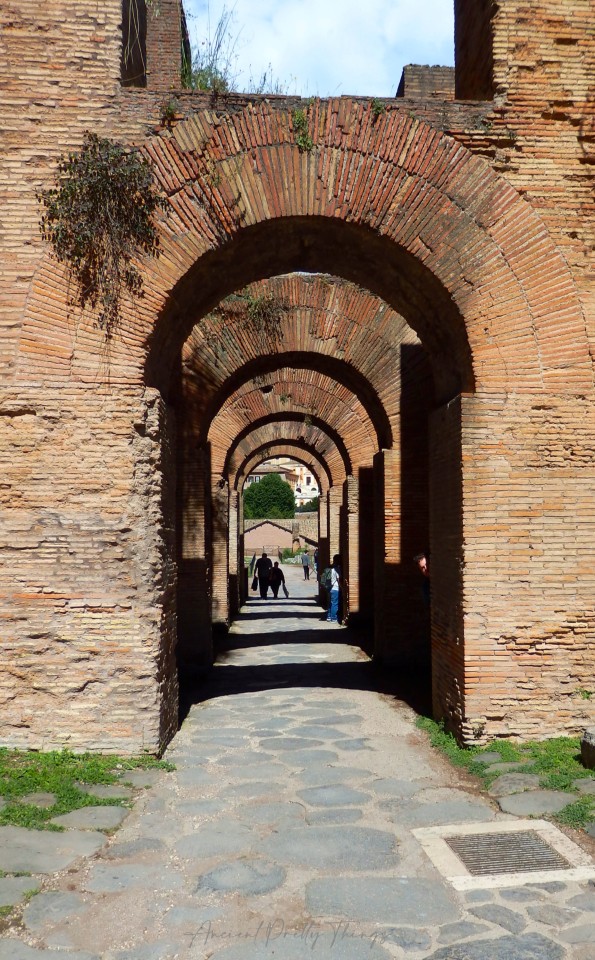
Archways in the Forum Romanum, Rome.
#ancient architecture#archways#rome#ancient rome#ancient roman#forum romanum#original photography#ancientprettythings
279 notes
·
View notes
Text

Hello from the heart of the eternal city

And from the place where the eternal flame once burned

Yes I'm going back again tomorrow while my 24 hour ticket is still valid
#roman history#ancient rome#roman empire#how often do you think about the roman empire#ancient history#spqr#the Senate and the people of rome#julius caesar#caesar#augustus#pompey#forum#roman forum#forum romanum#roman senate#the rostra#the comitium#curia julia#basilica#basilica julia
7 notes
·
View notes
Photo
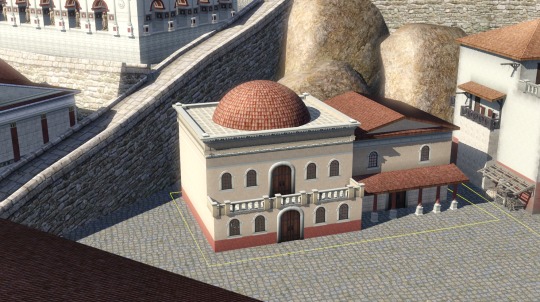

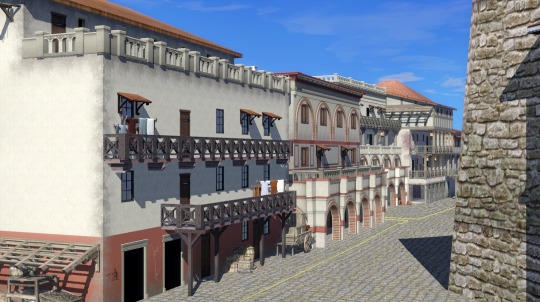

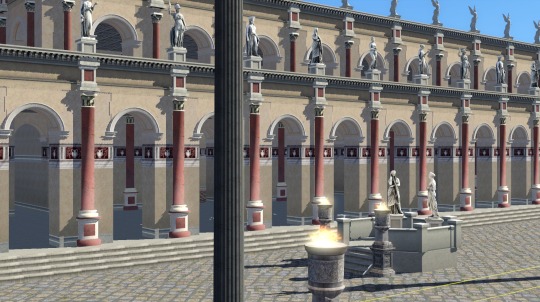

A city of brick, a city of marble.
I finally built the shell of the Mamertine Prison. I moved and embellished two of the insulae and moved them to the foot of the Capitoline hill. Also, I built a smaller version of the Porticus Deorum Consentium.
This basically begins the first of the actual street scenes leading into the city center and creates a very big contrast between the Augustan Forum in its splendor and the blighted lives of the Empire’s working classes. My next task is to sculpt and landscape the Capitoline hill then work my way outward to the other geographic features.
Cross-posted from my art blog.
70 notes
·
View notes
Text

Forum Romanum
Giovanni Paolo Panini, 1741
Yale University Art Gallery
Frangipani Tower (Arch of Titus) in the background
Attribution: Giovanni Paolo Panini, Public domain, via Wikimedia Commons
56 notes
·
View notes
Photo

Temple of Vespasian and Titus in the Roman Forum
Rome, Italy
#Temple of Vespasian and Titus#roman forum#forum romanum#rome#italy#europe#travel#travelling#architecutre#ancient#ancient rome#ancient roman#temple#my photos
49 notes
·
View notes
Text


By Jane von Mehren
11 January 2023
The highly civilized Etruscans had a huge impact on the city’s eventual geography, architecture, government, trade, and agriculture.
They created excellent schools to which rich Romans sent their sons, much as they would later send them to Greek institutes.
By the sixth century B.C., some of Rome’s most famous institutions, from the Forum to the Senate, were in existence but even the most reputable historians — including Fabius, Livy, and Plutarch — started their accounts of the empire in legend.
Legendary beginnings

The story of Rome’s founding begins in Alba Longa, the first “city” of Latium, a region in central western Italy, occupied by Latins.
The area had been inhabited since the Bronze Age by farming communities and was known to the ancient Greeks, which is perhaps why Aeneas, a Trojan prince, is said to have established it around 1150 B.C.
According to legend, in Alba Longa, two of Aeneas’s descendants, the brothers Amulius and Numitor, fought over who would rule.
Amulius triumphed, killing Numitor’s sons and exiling his daughter, Rhea Silvia, to become a Vestal Virgin.
Through divine intervention, she gave birth to the twins Romulus and Remus.
Threatened by these potential claimants to his throne, Amulius beheaded Rhea Silvia and abandoned the babies in the river Tiber.
Miraculously, a she-wolf rescued and cared for the boys until a shepherd, Faustulus, adopted them, raising them on the Palatine Hill, located in modern-day Rome.
The legend goes on to say that the brothers established the city of Rome on the banks of the Tiber River, where it was narrow enough for crossing and the hills provided a good defensive position.
The land between the hills, however, was quite marshy and not all that fertile.
The twins soon quarreled about the city’s exact boundaries and Romulus killed Remus.
Romulus, along with the outlaws and criminals he recruited, invited neighboring tribe the Sabines, who had resisted intermarrying with the Romans, to a fête.
During the merriment, Romulus raised his cloak signaling his men to seize and abduct the young Sabine women.
As the origin story goes, being Roman wives suited the women and they stopped the Sabine men from battling the Romans when they came to recapture them.
In the end the Sabines remained in Rome as part of the new city.
Influences in the area

Archaeological evidence tells us that Rome’s actual origins were less dramatic.
The first Romans were Latin farmers and shepherds living in small village huts on the Esquiline and Palatine hills.
The Sabines, a tribe living to the north, divided soon after the city’s founding, and some of them came south and united with Rome’s people.
Rome remained relatively primitive until the 600s B.C., when the Etruscans, who controlled a series of city-states to the north, began taking control of the city.
Kingdom of Rome
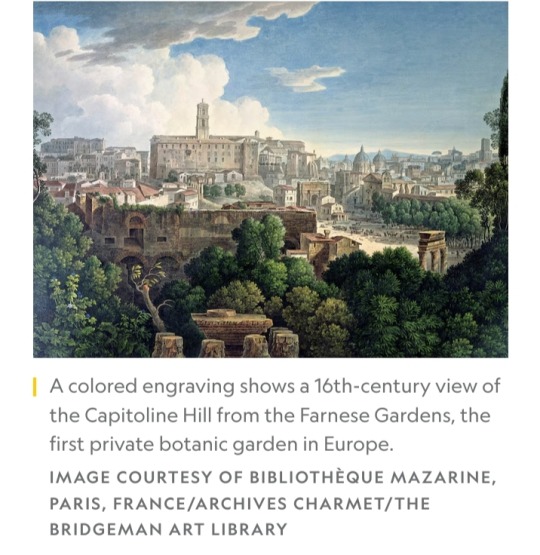
While modern scholars discount some of the accounts of ancient Roman historians, they agree that during the first phase of its history — from approximately 753 to 509 B.C. — Rome was ruled by kings.
According to these writers, Romulus was the first, succeeded by Numa Pompilius, a Sabine, and in 616 B.C., by an Etruscan named L. Tarquinius Priscus.
Kings had almost absolute power, serving as administrative, judicial, military, and religious leaders. A senate acted as an advisory council.
The king chose its members, who became known as patricians, from the city’s leading families.
Unlike later monarchs, Roman kingship was not inherited.
After a king died, there was a period known as an interregnum, when the Senate chose a new ruler, who was then elected by the people of Rome.
The king-elect needed to obtain approval of the gods and the imperium, the power to command, before assuming his throne.
Etruscan influences
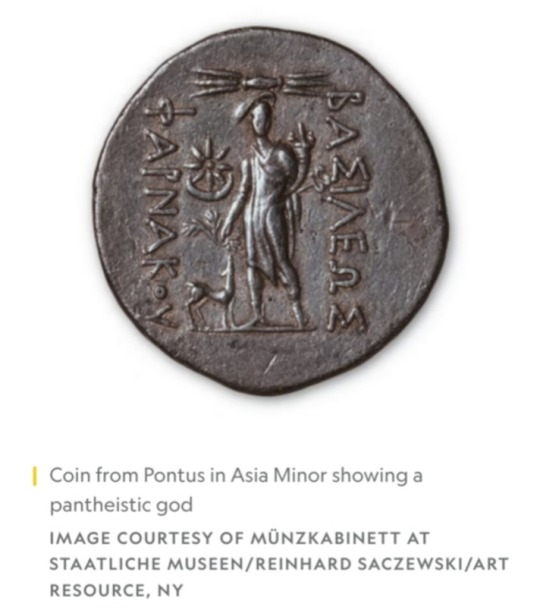
The Etruscans ruled a loose confederation of city- states that stretched from Bologna to the Bay of Naples.
It remains unclear where they originated, but they used a version of the Greek alphabet and some ancient sources describe them as coming from Asia Minor.
Around 650 B.C., they were already dominant in the region and took control of Rome, wanting its strategic position on the Tiber.
Under Etruscan kings, Rome grew from a series of villages into a proper city.
The Etruscans drained the marshes around the city, constructed underground sewers, laid out roads and bridges.
They established the cattle market, Forum Boarium, as well as Forum Romanum, the central market and meeting place that evolved into the heart of the empire.
Toward the end of this period of Etruscan influence, the first temple of Jupiter was built on the Capitoline Hill.
This temple, although rebuilt many times, became the symbol of Rome’s power.
Founding the Republic

The era of Roman kings ended in 509 B.C., when the Romans supposedly expelled the last Etruscan king, L. Tarquinius Superbus, in another mythicized event.
As recounted by historians, including Livy, the son of Tarquinius Superbus, Sextus, raped at knifepoint the noblewoman Lucretia, wife of the king’s great nephew.
Lucretia, feeling that her honor and virtue had been lost, committed suicide.
Her uncle Brutus swears to avenge her and commits to revolution and the expulsion of the monarchy.
To the Roman people, her story represents the tyrannical powers of the monarch on the state, and so the saga of Lucretia is cited as the event that spurred the Roman Republic into being.
In place of the monarchy, Romans established a republic, which lasted until 30 B.C.
Over the course of nearly five centuries, Rome became a dominant Western power, seizing territory throughout the Mediterranean, creating an enormous and efficient army, and learning how to administer its vast provinces.

NOTE:
The traditional date for the founding of Rome is 21 April 753 BC.
#Rome#Ancient Rome#Romulus#Remus#Alba Longa#Latium#Italy#Aeneas#Amulius#Numitor#Rhea Silvia#Vestal Virgin#Faustulus#Palatine Hill#Tiber River#Sabines#Etruscans#Numa Pompilius#L. Tarquinius Priscus#interregnum#imperium#Forum Boarium#Forum Romanum#Capitoline Hill#Temple of Jupiter#L. Tarquinius Superbus
3 notes
·
View notes
Photo


View of the Roman Forum with the Temple of Saturn in the Background and Fantasy View of the Roman Forum by Victor-Jean Nicolle
French, late 18th or early 19th century
pen and brown ink with watercolor on paper
Metropolitan Museum of Art x x
#Ancient Rome#Roman Forum#Temple of Saturn#drawing#watercolor#pen and ink#Victor-Jean Nicolle#Victor Jean Nicolle#French#art#neoclassical#neoclassicism#Grand Tour#ruins#capriccio#cityscape#Forum Romanum#Metropolitan Museum of Art
45 notes
·
View notes
Text

Temple of the Dioscuri at the Roman Forum
by Carlo Labruzzi
#temple#dioscuri#castor and pollux#rome#art#temples#ancient rome#roman#roman republic#antiquity#ruins#ruin#architecture#history#europe#european#roman forum#forum romanum#romans#ancient#landscape#carlo labruzzi#italy
155 notes
·
View notes
Text

Arch of Septimius Severus
Forum Romanum
early 3rd century CE
Rome, July 2012
#Forum Romanum#Arch of Septimius Severus#Roman legionary#Roman army#figurine#ancient#Roman#art#detail#Parthian war#3rd century CE#Rome#my photo
45 notes
·
View notes
Text



Three views of the Arch of Titus, Forum Romanum, Rome.
#ancient rome#ancient roman#rome#forum romanum#ancient architecture#arch of Titus#Emperor Titus Vespasianus#Titus#ancientprettythings#original photography
127 notes
·
View notes
Text

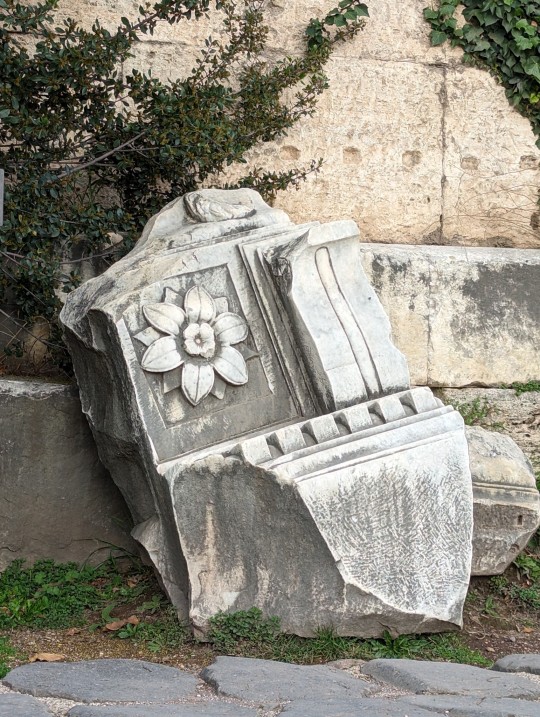
Broken ornament in the Roman Forum 3/6/2024
#art#my art#drawing#sketch#roman forum#roma#rome#italia#italy#plein air#drawing from life#pencil sketch#pencil drawing#sennelier ink brush#ink brush pen#ornament#forum romanum#ancient rome#floral
2 notes
·
View notes
Photo

Colonna corinzia con gabbiano II, Foro, Roma, 2009.
#archaeology#ruins#column#roman empire#corinthian#seagull#forum romanum#roma#lazio#italia#2009#photographers on tumblr
55 notes
·
View notes
Photo
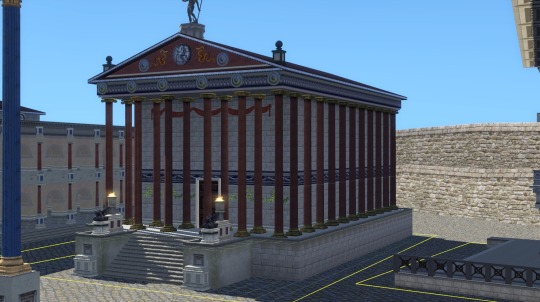
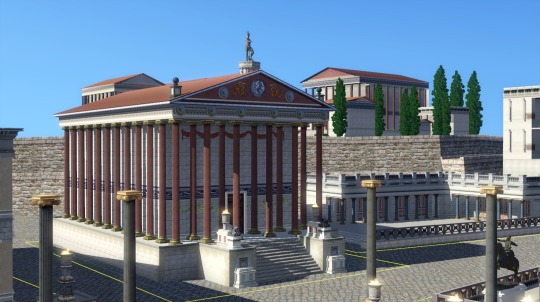
A return to one of my older temples, the Temple of Saturn, which is due for a major revamp (I am not fond of its current scale, especially vis-a-vis the ridiculously slender Ionic columns EA packed it with). Historically, the Temple of Saturn used Ionic columns. I’ll be saving this version, of course, before I start playing around with it.
The pediment is where the first update is seen. Shown here are the reversed graffiti paintings from @corvid-sol. The snake painting so reminded me of the snake motif from the reconstruction of the Temple of Saturn in the Rome set of Cinecitta Studios that I had to have it mirrored.
In any case, you’ll be seeing more of this sort of pediment motif soon.
15 notes
·
View notes
Photo

..
#ancient rome#archaeology#architecture#ancient ruins#roma#traveling#foro romano#original photography#italien#travel#reise#archaeological site#archäologie#original photographers#forum romanum#travelling#reisen#rome#rom#italy#italia#ancient roman#roman#römisch#temple#tempel#columns#säulen#antiquity#antike
32 notes
·
View notes